One of Apple’s biggest problems is that a lot of its products don’t benefit from lossless streaming, but that’s not the case in regard to Spatial Audio. We suspect that Apple has some major hardware support news coming today or later in the week, but it will be interesting to see how Apple Music Spatial Audio helps put some distance between itself and the other lossless digital music streaming platforms.
Spatial Audio utilizes Dolby Atmos and some other filters to offer an immersive 3D audio experience, giving music listeners the ability to hear music coming from in front of them, from the sides, the rear, and even above.
In the case of music, Spatial Audio won’t offer head tracking support. But tvOS and MacOS will both support it this September in regard to movies, television, and most likely gaming.
The idea is to recreate the audio experience of a cinema or a live concert. Dolby Atmos presents each individual object (musician) in its own space in the soundstage; creating a better sense of depth and width.
“Thousands” of Apple Music tracks will be available in Spatial Audio starting today. Apple Music plans on adding additional music “daily” to the platform so users will have to wait for their favorite music to arrive.

It’s not on by default.
Apple’s Spatial Audio takes 5.1, 7.1 and Dolby Atmos signals and applies directional audio filters, adjusting the frequencies that each ear hears so that sounds can be placed virtually anywhere in 3D space.
On a good pair of headphones, the increase in soundstage size and depth can be very beneficial to the overall sound. You should be abe to place musicians more easily and experience enhanced spatial cues.
It’s also worth noting that Dolby Atmos is only available on Apple devices launched since 2018.
Because this implementation of spatial audio is sound-only, there’s no head-tracking involved, and that opens it up to more devices such as your favorite headphones from other brands.
You should also note that the Apple TV can’t output Spatial Audio to a pair of headphones (a feature we’d very much like to see added in the future), it will support Dolby Atmos tracks from Apple Music when connected to an Atmos-capable sound system. The Apple TV 4K which was introduced this year will output Spatial Audio to AirPods Max and AirPods Pro.
Hi-Res? Not So Fast…
All of this focus on Spatial Audio seems intentional on the part of Apple in an attempt to mask the fact that its roll-out of lossless and Hi-Res lossless has kinda sucked.
If you use a MacBook or iMac (I have the brand new M1-powered iMac on my desk), Apple Music does not automatically change the bit/sampling rate for you with each new track. You’ve had to go into the settings on your computer and do it manually forever.
Who is going to do that? For every track.
I have an AudioQuest DragonFly Cobalt USB DAC attached to my iMac and I have the computer set to 24-bit/192kHz because I use Roon with Tidal and Qobuz for 99% of my streaming – both of those services work as intended with my iMac setup for them.
But how many people are going to change the settings on their computer or make the right changes on their iPhone when using Apple Music?
You’re almost better off leaving Apple Music set to 16-bit/44.1 or 24-bit/48kHz if you have a DAC and just forget about it. Apple’s own hardware doesn’t work with lossless over Bluetooth and why change all of the settings to Hi-Res if tracks are going to get sampled downward to begin with? That makes no sense.
Apple has screwed the pooch here so far. Do they even want people to hear the differences between lossy and lossless or is the plan to promote Spatial Audio as “better than Hi-Res” and hope that consumers buy more Apple products that support it?
Here’s the full list of devices that can handle Spatial Audio:
- iPhone 7 or later
- iPad Pro 12.9‑inch (3rd generation and later)
- iPad Pro 11‑inch
- iPad Air (3rd generation and later)
- iPad (6th generation and later)
- iPad mini (5th generation)
- Apple TV (Music only)
- Apple TV 4K (2021)
- MacBook Pro (2018 model and later)
- M1 MacBook Air (2020)
- M1 MacBook Pro (2020)
- M1 iMac (2021)
- M1 Mac Mini (2020)
Related reading: Apple’s Spring 2021 Products Announcements
















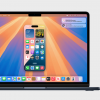









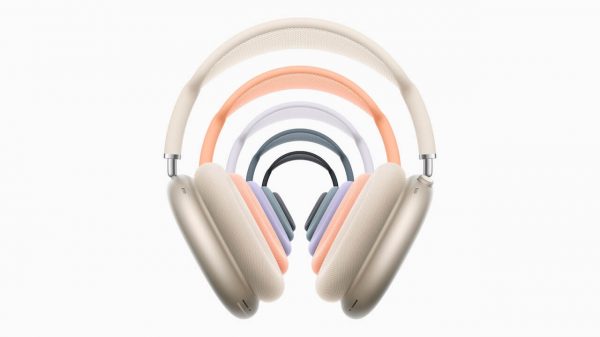
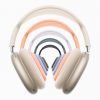
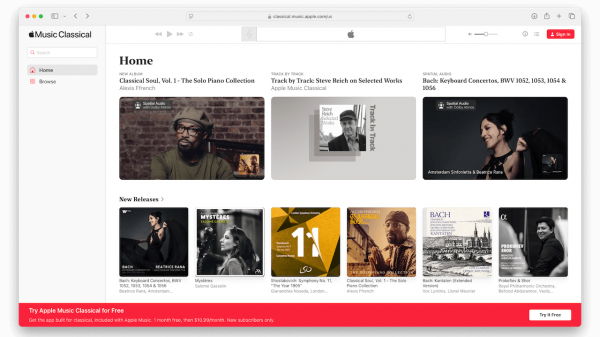
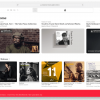


















Mike Cornell
June 9, 2021 at 8:30 pm
I’m with you, Ian. While I applaud Apple for finally giving us lossless/hi-res audio, contrary to their mantra “it just works”, it mostly doesn’t. ios does automatic bit/sampling rate changes, so why can’t macOS?
Tidal worked fine on my late 2012 mac mini ( except for the noted sample rate issue) but I can’t get Apple Music lossless/hi-res (or spatial for that matter) as my mac can’t be upgraded to Big Sur 11.4. Despite the fact that it is fully capable of playing lossless/high-res tracks and is quite speedy with 16GB ram and an SSD.
For iphones/ipads. you’re looking at dongle hell to get your music into a stereo.
And if you have something like a Bluesound Node, unlike Qobuz, Tidal, Spotify etc that are nicely integrated, for Apple Music you can only use Airplay, which is maybe CD quality at best.
So thanks, Apple, but now you need to step up your game, solve the audio-midi issues and work with hifi companies to properly implement your lossless and hi-res offerings.
Joe
September 10, 2023 at 8:12 am
Two years in and all you wrote is still valid. What Apple accomplished here is a very poor job. None of their way to expensive audio capable devices does support hi resolution audio in any way. Meanwhile Apple is anti promoting lossless. A very poor management here.
Ian White
September 10, 2023 at 11:51 am
Joe,
Did you catch their acquisition last week of BIS? Like why would Apple acquire a tiny Swedish classical label with $7M in revenue? We have some thoughts about that and none of them are good.
It does not suggest good things about the future of streaming.
IW